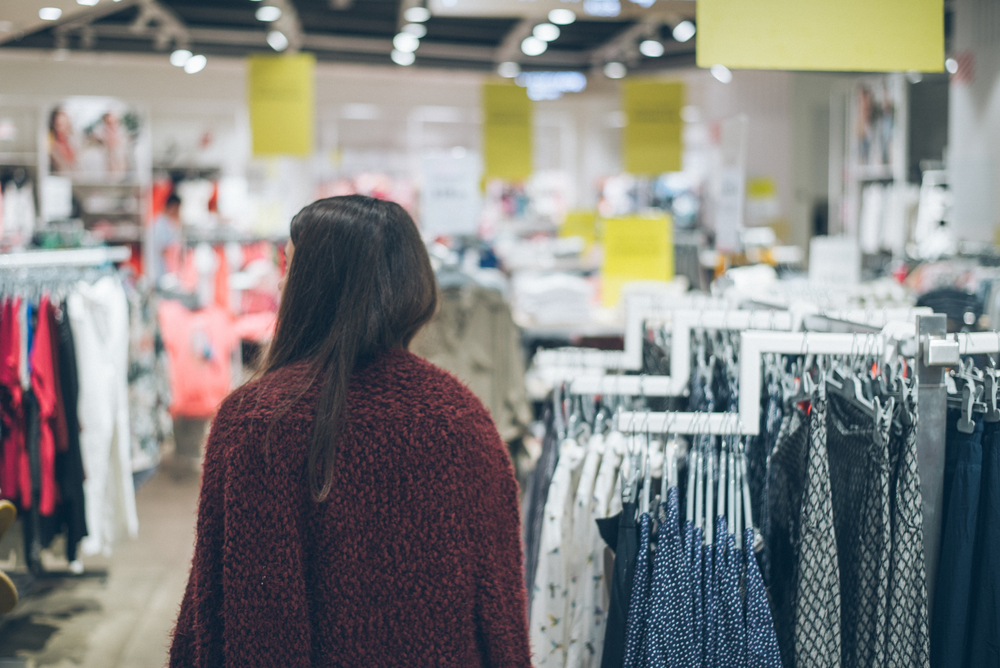Why the in-store experience matters more than ever
The pandemic has closed England’s stores once again. When the high street reopens after December 2nd, retailers will be tasked with responding to shoppers’ ever-evolving expectations, and key to this will be the in-store experience.
Writing for Forbes, Bobby Marhamat says that independent stores are faced with new expectations as well as shopper uncertainty over the safety of public spaces. It’s simply not enough to throw out discounts and welcome back crowds of shoppers.
The in-store experience is key
Marhamat’s report revealed an industry that’s both hopeful for what the future holds, and prepared for the unexpected. Just 14.5% predict a notable sales drop-off after the first 90 days of reopening, with most expecting sales to remain at pre-pandemic levels and 22% actually predicting an increase.
So, how do companies plan to make those sales? Almost half (41.5%) said they would deliver new experiences to tempt customers into stores. Over 85% of respondents believe that in-store experience will be key to success post-pandemic.
Shoppers will return, but footfall will likely be lower than pre-pandemic. Shoppers will also be less inclined to take spontaneous trips or linger for longer than is necessary. That’s why retailers need to consider how to feature high on the list of places people want to visit, and to do that, their spaces must be interesting, engaging and welcoming.
Building new experiences
In-store experiences don’t always mean flashy events – and besides, retailers can’t depend solely on novelty pop-up experiences when they require sustainability to survive. Instead of focusing on short-term wins, retailers need to prioritise experiences that make shoppers feel both safe and satisfied.
Here are three ways to improve the in-store experience:
1. Shout about your hard work
Retailers will pour a lot of time and effort into reopening, so consider showing shoppers how much you care by telling them what they might not recognise by themselves.
Signage can be used to communicate in-store improvements. Use digital signage and messages can change to discuss new cleaning policies, point-of-sale safety measures and to direct customers around the store all at once.
2. Allow people to shop on their own terms
While some shoppers will feel comfortable interacting with products, others might feel nervous about being in public spaces. That’s why it’s important to create a space that appeals to multiple groups; make sure it’s easy to locate products and utilise your web presence to help nervous or rushed shoppers use services such as kerbside pickup and delivery.
3. Delight shoppers in a unique way
Shoppers tend to engage with brands that make them feel special. So, focus on delivering an experience that makes people feel all the better for visiting your store.
Technology can help here. Certain types of displays, for example, can detect smartphones and show personalised content such as thank-you messages for loyalty club members. Train employees to treat shoppers like exclusive guests as opposed to potential buyers. Offer them more than products and they’ll be more likely to return for that same, engaging experience again in future.
At The Delta Group, we can help plan and execute marketing strategies for your retail business both through print and digital mediums, so why not get in touch and start discussing how to maximise your reopening?




